It is little known, however, that Claude Arpels, a nephew of Louis Arpels, co-founder of the luxury jewelry brand, Van Cleef & Arpels, which was established in 1906, met Balanchine in the 1950s. Their shared passion for precious stones blossomed into an artistic bond that yielded “Jewels.” Indeed, the Parisian house’s storied history with the art form goes back to the 1920s, when uncle Louis—an avid ballet-goer—reveled in taking Claude to the Opera Garnier.
That the opera house was just a stone’s throw away from the boutique at 22 Place Vendôme, was synchronicity: In the 1940s, Louis Arpels and the Maison’s artisans designed its signature ballerina clip—a dancer adorned in pointe shoes sporting an intricate tutu of precious stones, including yellow gold, diamonds, and emeralds. The elegant pose seemed ready to spring to life in a classic brooch that became the first in a line of bejeweled ballerinas.
Fast forward to the 2000s, and the company continued its relationship with dance, having had bonds with such renowned institutions as London’s Royal Opera House and the Australian Ballet. Indeed, in 2012, the brand began a collaboration with Benjamin Millepied and his L.A. Dance Project (also founded in 2012), which proved another serendipitous move, as Millepied, who danced with City Ballet, then created his own trilogy, “Gems” (“Reflections,” from 2013, “Hearts & Arrows,” 2014, and the 2016 work, “On the Other Side”).
The Maison’s support for dance also includes its Fedora Prize, an annual award given to contemporary choreographers since 2015, and which has been given to, among others, Alexei Ratmansky for “The Sleeping Beauty” (2015), William Forsythe for “A Quiet Evening of Dance” (2018) and “Invisible Cities,” Sidi Larbi Cherkaoui’s 2019 choreography for the Rambert dance troupe.
Under its president and CEO, Nicolas Bos, and Serge Laurent, Director of Dance and Culture Programming, in 2020, the Maison conceptualized its most ambitious initiative yet: Dance Reflections, a program dedicated to dance, and whose main goal is supporting creative artists and institutions linked to the world of choreography.
The annual festival is hosted in different cities internationally, but because of the pandemic, its first edition debuted in London in 2022. Currently on a roll, the festival took place in Hong Kong earlier this year, and, for its first US edition, Dance Reflections premieres in New York City from October 19-December 14. Featuring 12 programs by world-class choreographers, including Lucinda Childs, Boris Charmatz (the recently appointed artistic director of Tanztheater Wuppertal), and the late Pina Bausch, the festival promises to be a must-see for both fans and newbies alike.
Fjord Review had a chance to speak with Serge Laurent about his passion for dance, what he looks for in a choreographer or company, and what he wants audiences to take away with them from the festivals.


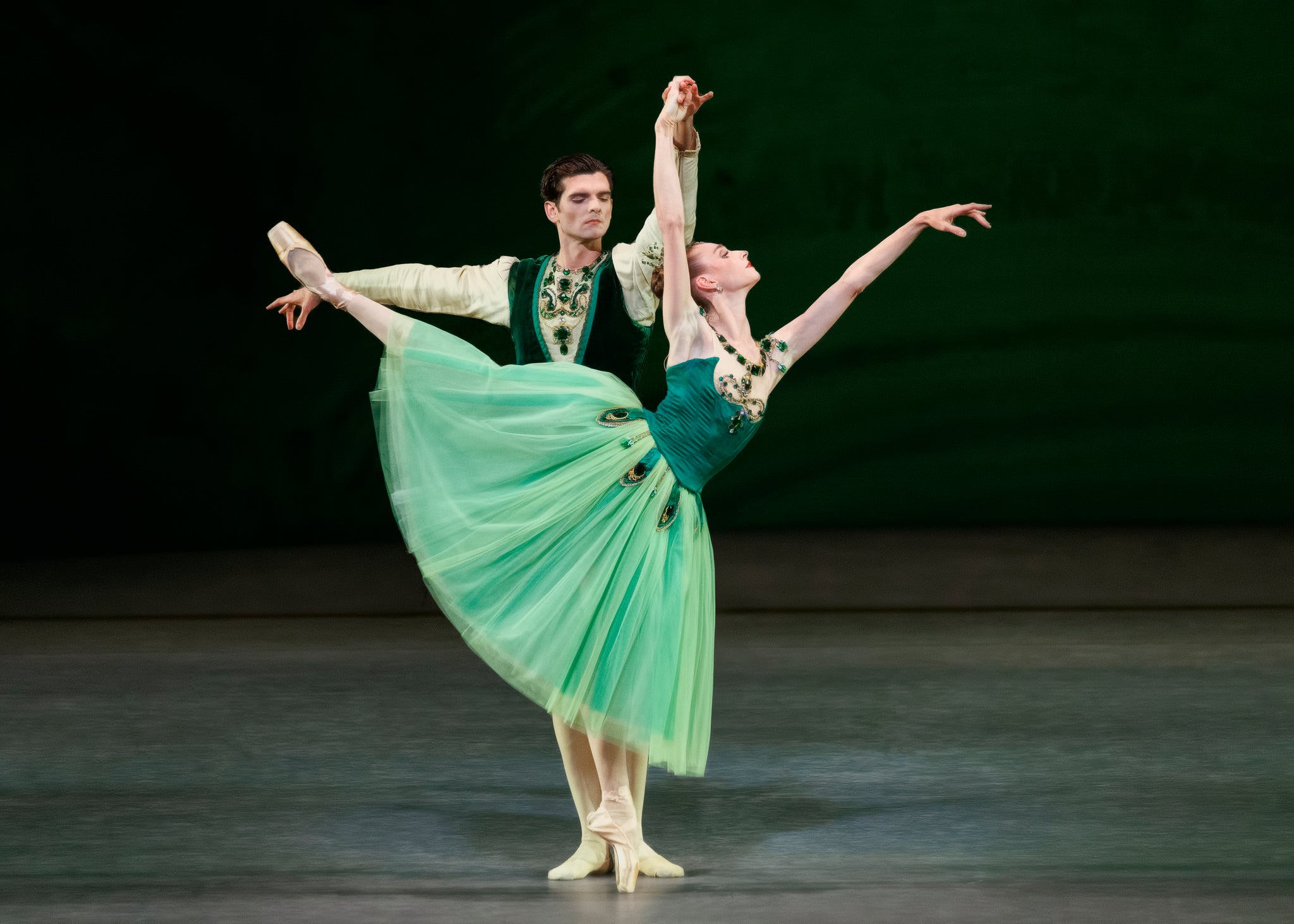
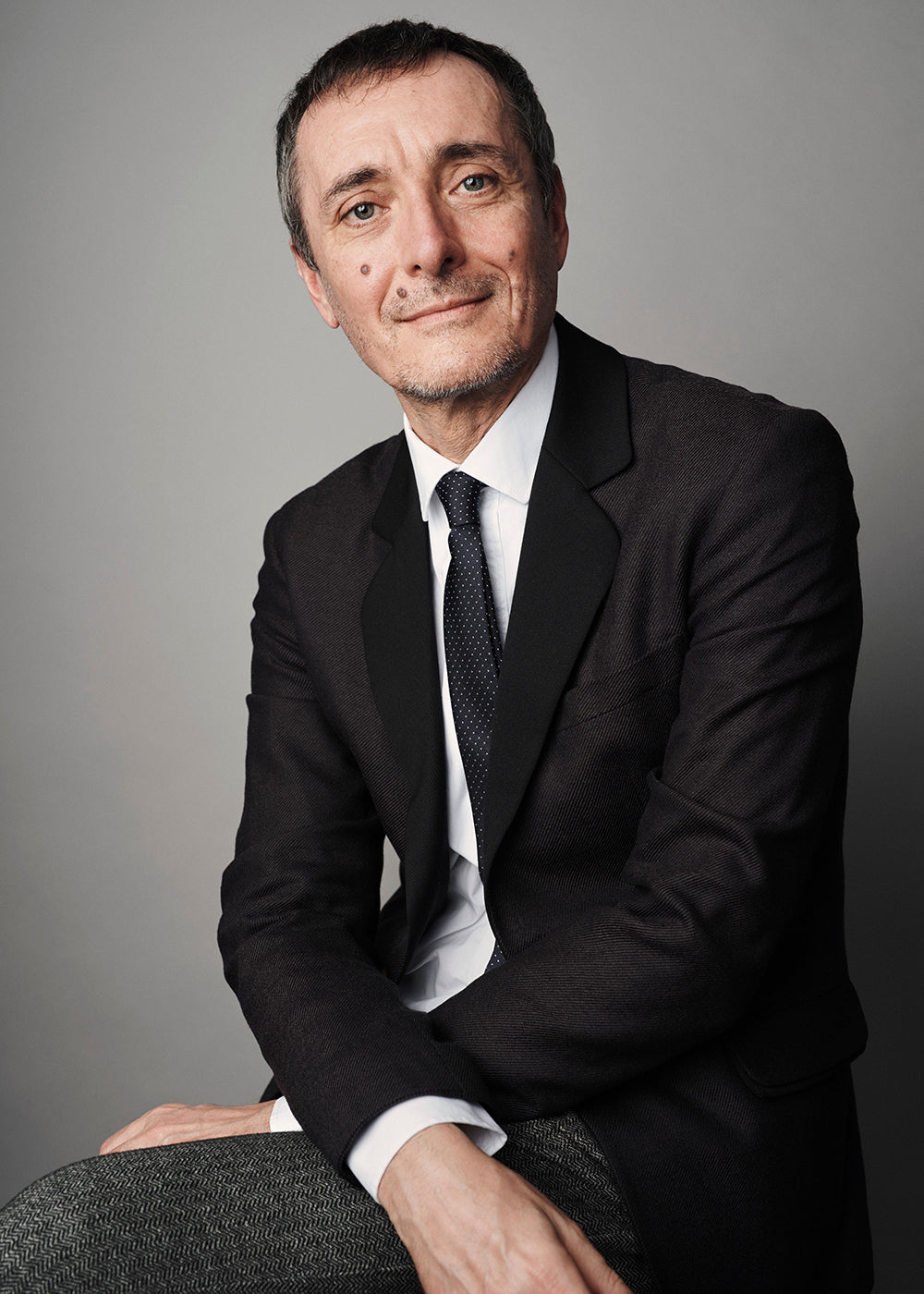
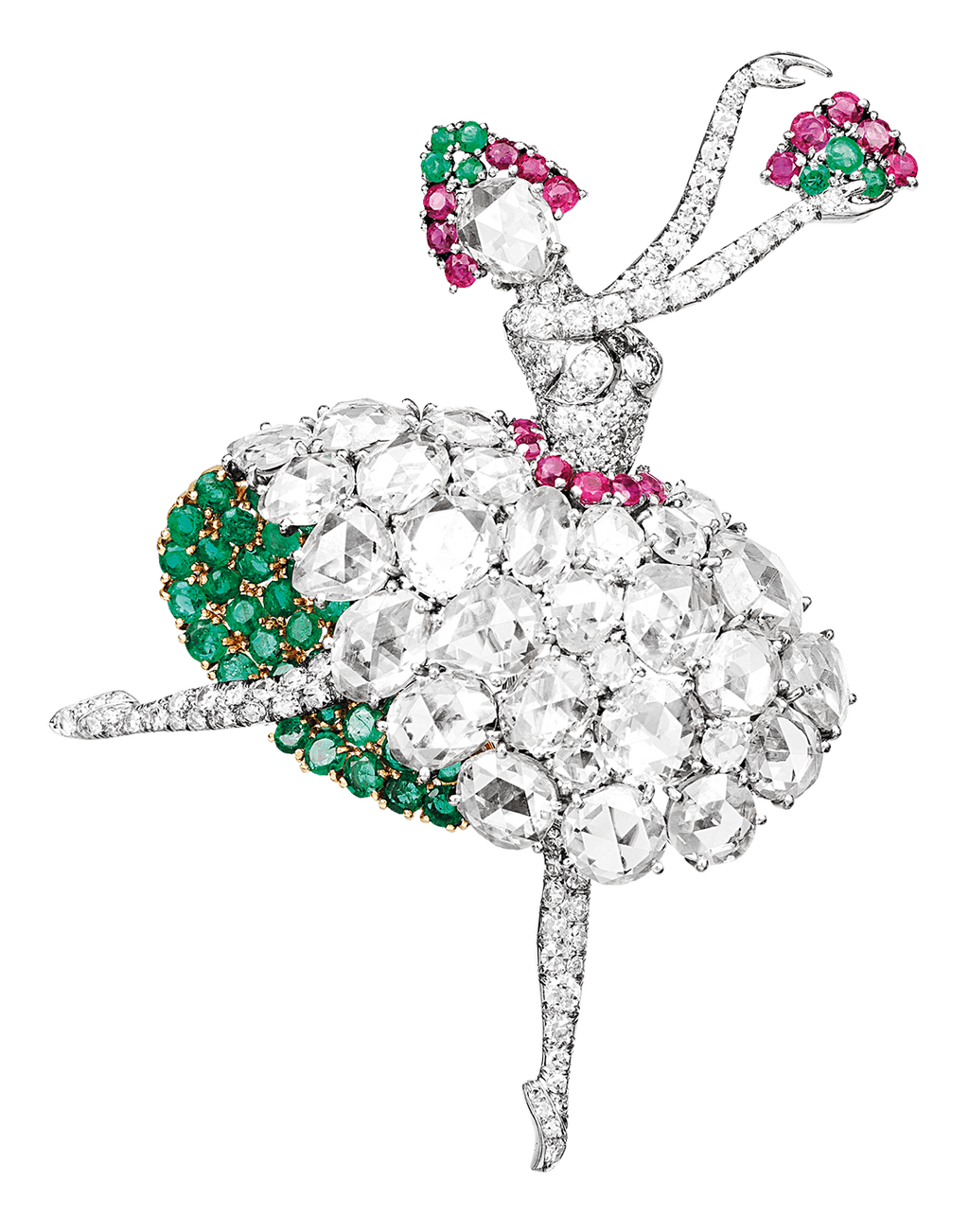




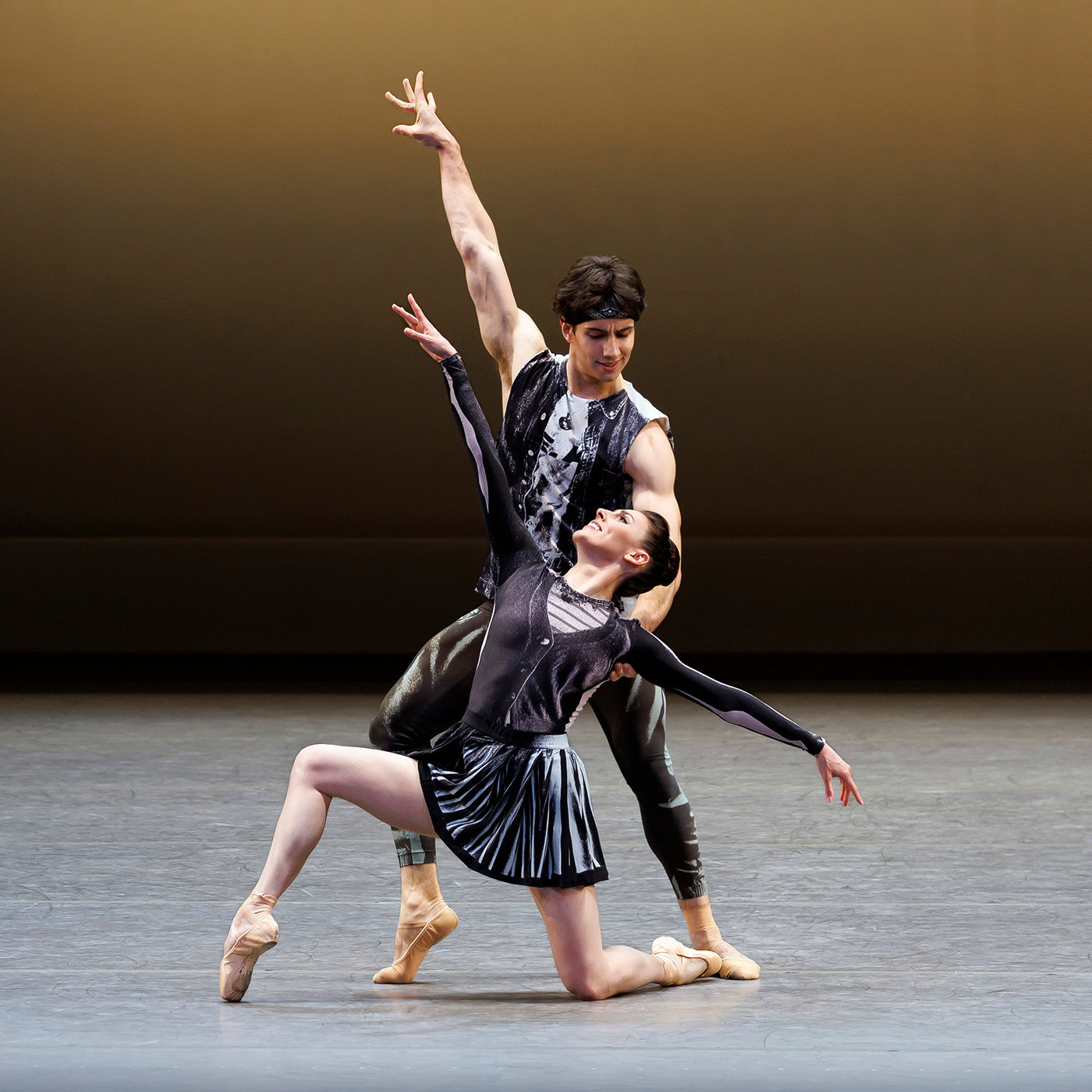
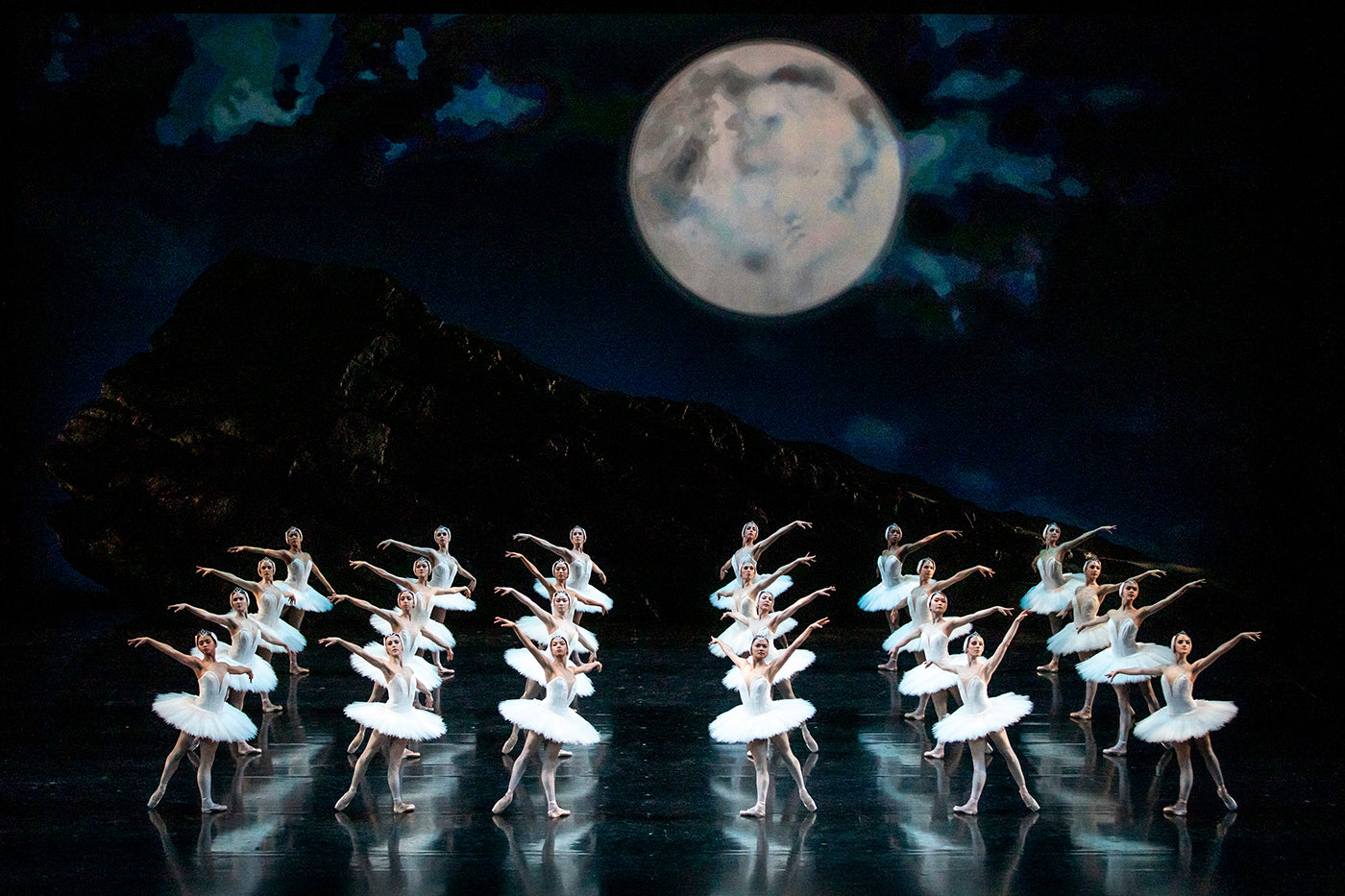
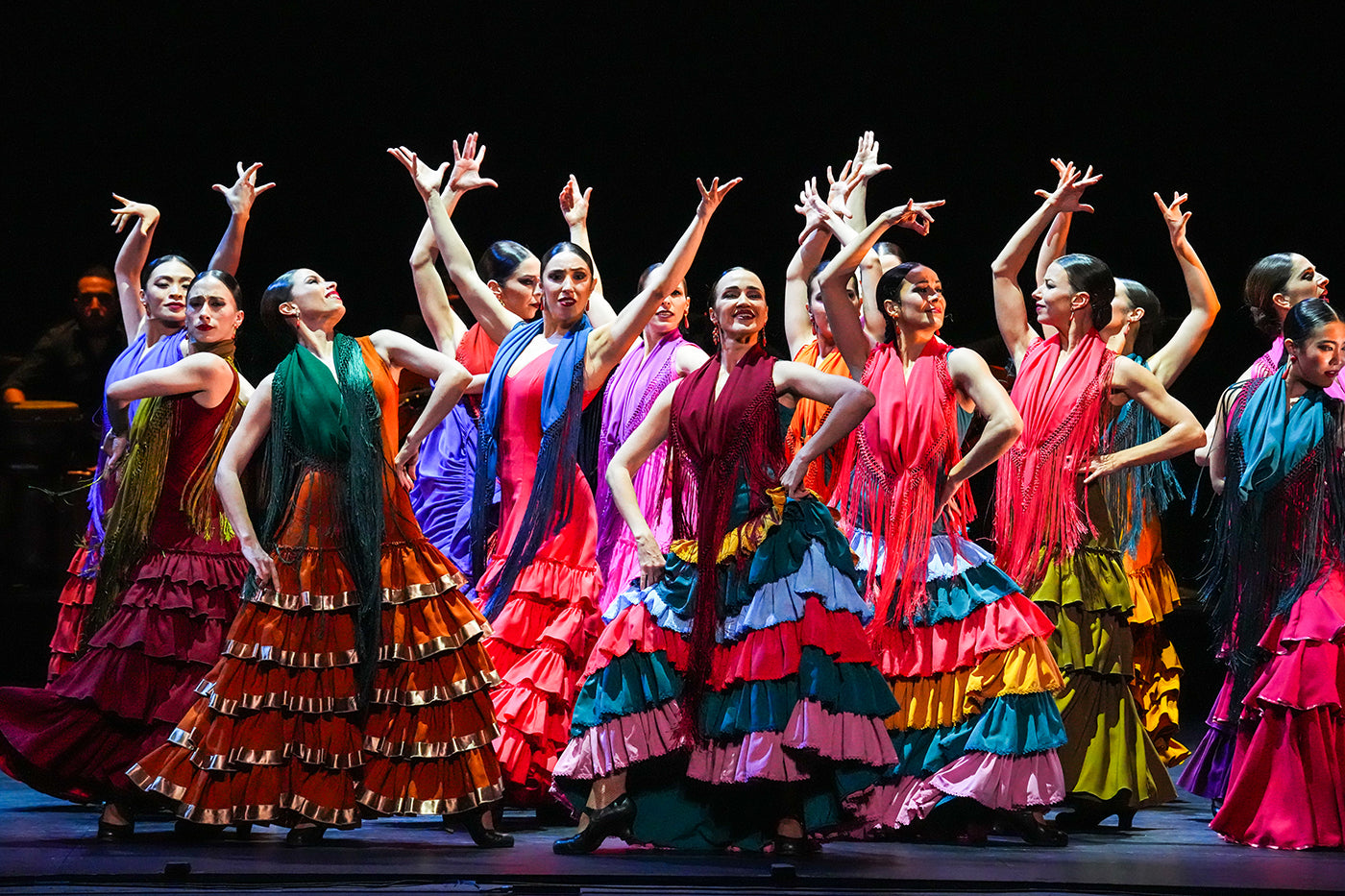
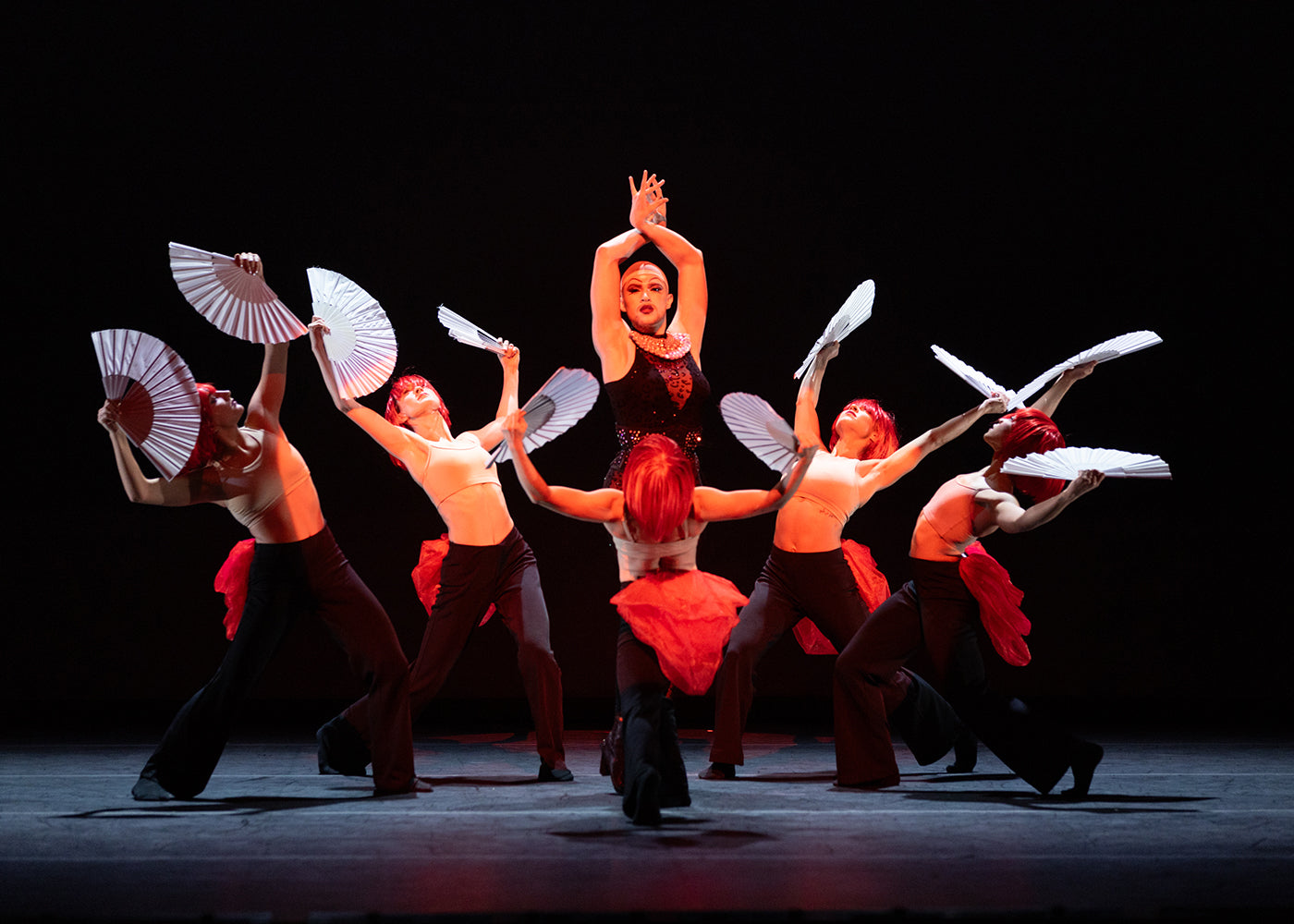
comments